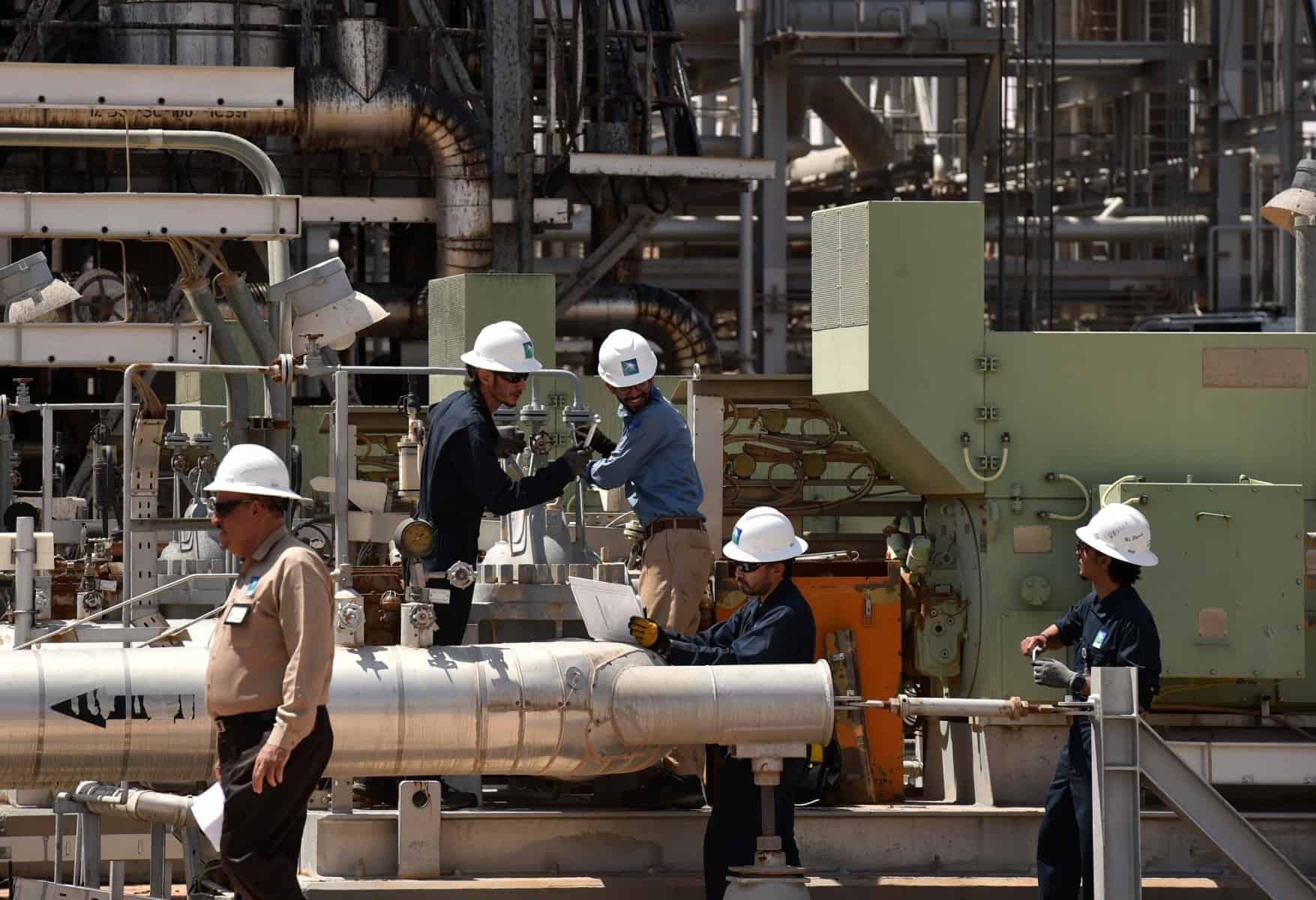RIYADH, SAUDI ARABIA — In 2022, there were extreme swings in the price of oil around the world. Prices peaked in March last year to their highest point since the 2008 financial crisis, before falling again at the end of the year on worries of a recession.
On multiple occasions in 2022, the United States requested that the Organization of the Petroleum Exporting Countries “OPEC” increase oil production and calm prices. This request was repeatedly denied, leading to a deterioration of relations between Saudi Arabia and the U.S. and ultimately leading to the White House’s decision to release approximately one million barrels per day of American stocks into the market beginning in April.
Additionally, OPEC+, led by Saudi Arabia and Russia, decided to cut oil production by two million barrels beginning last November, which applies to the oil market until mid-2023, to increase supplies and decrease prices before the summer elections that ended last November and following the significant decline in oil prices.
Saudi growth
The Institute of International Finance (IIF) anticipates an uptick in growth to 8.9 percent in 2022, largely thanks to increased oil output and prices. In addition, large infrastructure projects continue to boost the economy thanks to the Public Investment Fund (PIF) and the National Development Fund (NDF).
Among Saudi citizens, the unemployment rate fell from 15.4 percent in Q2 2020 to 9.7 percent in Q2 2022; the private sector accounted for more than half of the increase.
Within just three years, the percentage of women actively seeking and holding down a job has nearly doubled. The non-oil solid growth of 4.7 percent in 2023 could help keep unemployment low.
Other sectors
Within the OPEC+ agreement reached on October 4th and upheld on December 4th, Saudi Arabia’s oil production target has dropped from 11.0 mbd in October 2022 to 10.5 mbd in November. It is anticipated to remain at that level until December 2023, according to IIF.
Consequently, the slowdown in oil output is predicted to reduce overall real GDP growth to 2.9 percent (oil GDP accounts for 43 percent of total GDP). However, growth in sectors other than oil is forecast to slow to 4.7 percent in 2023.
Oil prices are anticipated to climb, with a high cost of $150 per barrel forecast in 2023 due to sustained production cuts by OPEC during the first months of 2023 and a poor influx of new investments in the fossil energy sector.
Goldman Sachs has reduced its oil price projection for 2023 to an average of US$ 98 per barrel due to recessionary concerns, while Bank of America predicted a rise in the price of a barrel of Brent crude to US$ 110 in 2023.
In its latest report titled: “Saudi Arabia: Navigating Headwinds,” IIF explained that “at elevated oil price levels, the impact of tighter monetary policy in Saudi Arabia on non-oil real GDP growth will be negligible. Sound macroeconomic policies and strong fundamentals, combined with elevated oil prices and reforms, could more than offset the negative spillovers from higher borrowing costs”.
Since high oil prices encourage relatively expansionary fiscal policies, they also boost the amount of credit accessible to the private sector. The central bank’s new deposits of SAR 50 bn with commercial banks helped the private sector loan growth of 13.5 percent year over year in October 2022.
Finances are good
Even though banks and non-financial firms engaged in large-scale investment projects face higher external borrowing costs due to increased U.S. interest rates, the positive effects of the higher oil prices more than compensate for the negative ones, according to IIF’s report.
Despite the substantial decline in the stock markets and the correction of valuations below average levels, experts believe that the Saudi stock index would consolidate throughout at least the coming term, which runs from 3 to 6 months.
Moreover, the banking and petrochemical industries are predicted to lead a slight increase in the second half of 2023.
Further, IIF ensures that Saudi banks are profitable, have adequate capitalization and liquidity and that the financial industry is effectively regulated and overseen. First-tier capital at 17.8 percent, nonperforming loans at 1.8 percent, and provisioning at over 150 percent all bode well for the banking sector’s health in the second quarter of 2022.
Loan-to-deposit ratio is still significantly below the 90 percent threshold set by the central bank. Banking profits have risen even higher this year because of higher interest margins. Although bank lending to SMEs has increased over the previous two years, it still accounts for less than 8 percent of all bank loans. As a result, small and medium-sized enterprises (SMEs), women, and young people, who banks traditionally underserve, are reaping the benefits of fintech’s creative financial solutions.
Maintaining the current healthy banking system and encouraging innovation in fintech and digital banking will support economic recovery and promote financial inclusion. In addition, Saudi Arabia is a large net creditor to the world. IIF expects the current Saudi account surplus to widen to 16 percent of GDP in 2022, driven by the sharp increase in oil exports. However, under the assumption of oil prices averaging US$ 85/bbl in 2023, the current account will narrow to 8 percent of GDP.








